Introduction
I’ll never forget the first time I hosted a dinner party in a farmhouse-style space. The smell of freshly baked bread mingled with the scent of eucalyptus garlands draped along a reclaimed wood table. My guests marveled at the open shelving filled with mismatched plates, vintage vases, and jars of dried flowers. It was an intimate evening, punctuated by laughter and the comforting sounds of clinking glasses. I realized then that farmhouse design isn’t just about the look—it’s about creating a welcoming space where everyone feels at home.
Designing a farmhouse space that’s perfect for entertaining is an art and a science. The charm of farmhouse style lies in its balance of rustic and modern, its warmth, and its ability to bring people together. Whether you’re hosting a big Thanksgiving dinner, a cozy brunch, or a casual game night, the right design elements can transform your home into a hub of connection and comfort.
Over the years, I’ve designed many farmhouse spaces with entertainment in mind, drawing on principles of spatial planning, evidence-based design, and, of course, my own experience. The key is to focus on functionality without sacrificing style. Let’s explore how color, materials, finishes, and furniture placement can create the ultimate farmhouse space for entertaining.
Layout and Spatial Planning for Entertaining
Open-Concept Flow: The Heart of a Farmhouse
One of the defining features of farmhouse design is an open-concept layout. This type of spatial planning allows for seamless flow between the kitchen, dining, and living areas, making it ideal for entertaining.
When designing your farmhouse space, consider how guests will move through the area. Is there enough room for people to mingle without feeling cramped? Arrange furniture to create natural pathways. Anchor the living area with a large sectional or a pair of cozy armchairs, and use an area rug to define the dining space.
If you’re working with a smaller home, don’t worry—opt for multifunctional furniture, like a dining table with built-in storage or a bench that doubles as seating and a display surface.
Zones for Conversation and Relaxation
Breaking the space into zones is another great way to enhance functionality. For example:
- Dining Area: Use a statement farmhouse table with a mix of chairs and benches to create a relaxed, inviting vibe.
- Kitchen Island: This is where the magic happens! A spacious island with barstools encourages guests to gather while you finish up cooking.
- Cozy Corner: Create a small seating area with a loveseat and a side table for quieter conversations.
Color Theory and Farmhouse Design
Neutral Palettes with a Pop of Personality
Farmhouse interiors are known for their neutral color palettes, which provide a calming backdrop for lively gatherings. Shades like white, cream, beige, and gray are classic choices, but you can add warmth with earthy tones like sage green, deep navy, or terracotta.
To make the space feel more dynamic, incorporate pops of color through accent pieces. For example, a bright rug under the dining table or patterned throw pillows on the couch can inject life into the room without overpowering the farmhouse aesthetic.
Balancing Light and Dark Elements
The right balance of light and dark elements can make a farmhouse space feel cozy yet airy. If your walls and furniture are mostly light, add contrast with darker finishes like matte black hardware or a charcoal-gray rug. Conversely, if you’ve chosen a darker wall color, use white or natural wood furniture to brighten the space.
Materials and Textures in Farmhouse Entertaining Spaces
Reclaimed Wood: A Farmhouse Essential
Nothing says farmhouse like reclaimed wood. Whether it’s a dining table, ceiling beams, or open shelving, this material brings warmth and character to your space. Plus, it’s eco-friendly—a win for the planet and your guests’ admiration.
Textural Contrast: Layer It Up
Mixing textures is key to creating a visually interesting space. Combine rough materials like jute rugs and woven baskets with softer elements like linen curtains and plush cushions. For entertaining, think about how these textures will contribute to the comfort of your guests. A faux sheepskin throw over a bench, for instance, adds both style and coziness.
Lighting: Setting the Mood
Lighting is a critical element in any entertaining space. Farmhouse lighting fixtures often feature metal, wood, or glass, adding to the rustic charm.
- Ambient Lighting: Use pendant lights over the dining table and kitchen island to create a warm, inviting glow.
- Task Lighting: Install sconces or under-cabinet lighting in the kitchen for practical purposes.
- Decorative Lighting: Consider string lights or lanterns for outdoor farmhouse gatherings.
Dimmer switches are a must—they let you adjust the brightness to match the mood of your event, whether it’s a lively dinner party or a laid-back movie night.
Picture Gallery
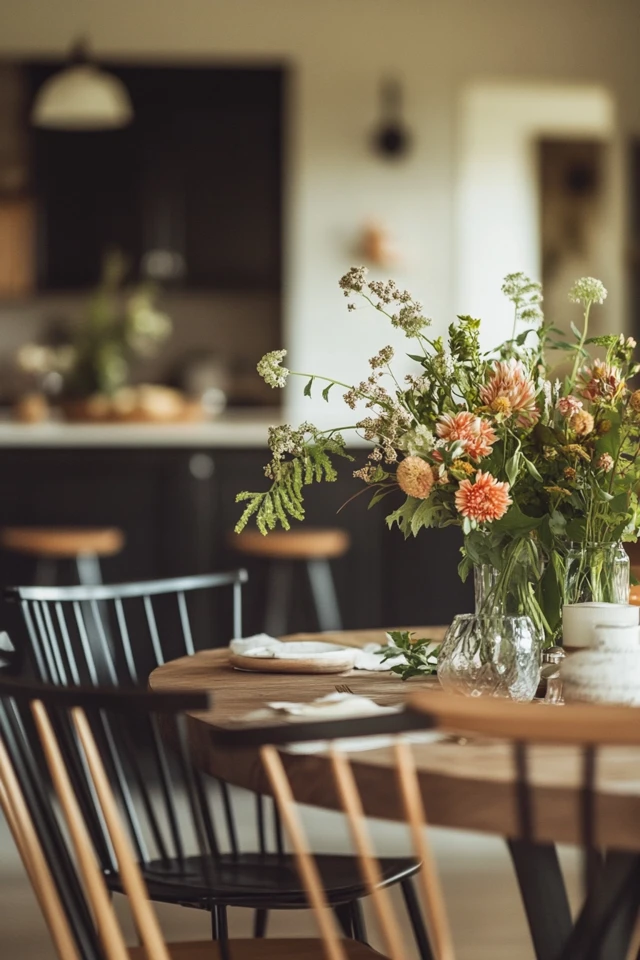
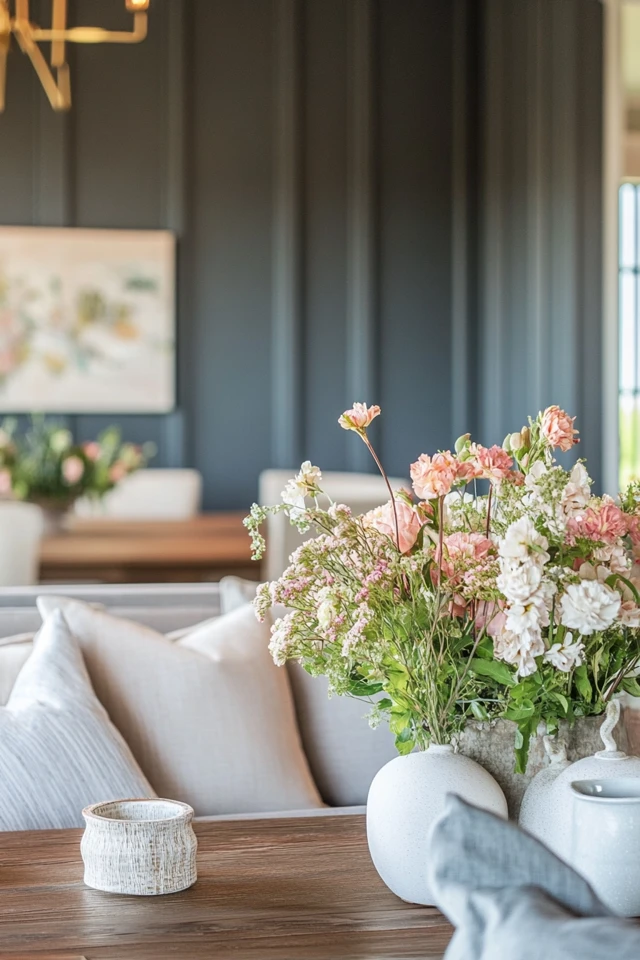
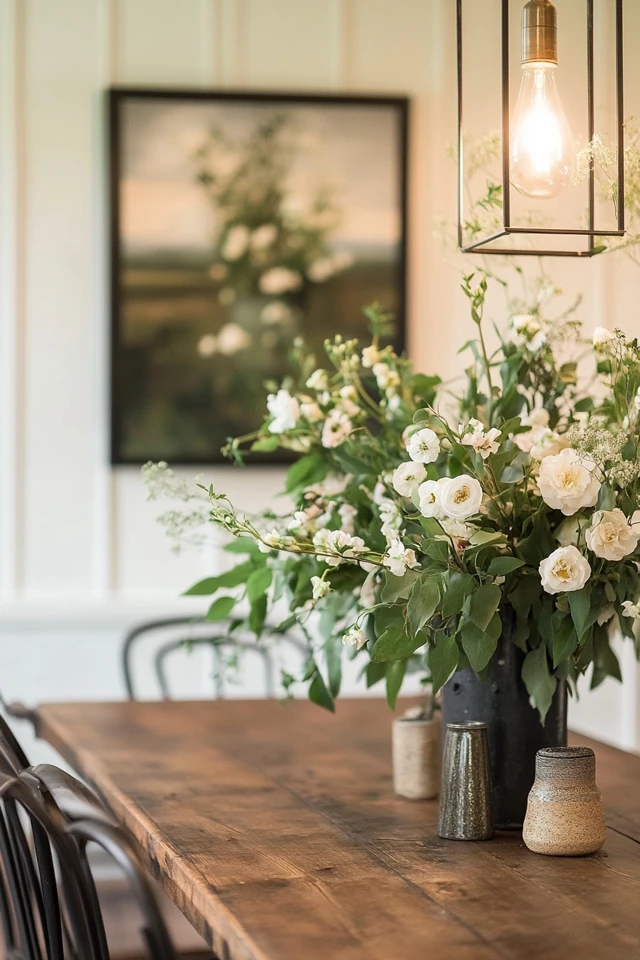
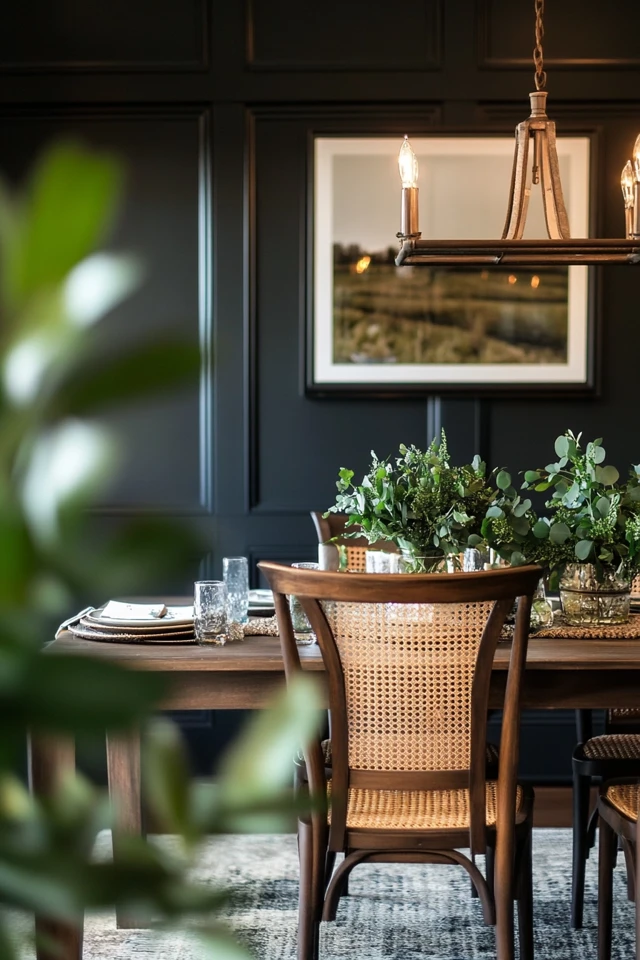
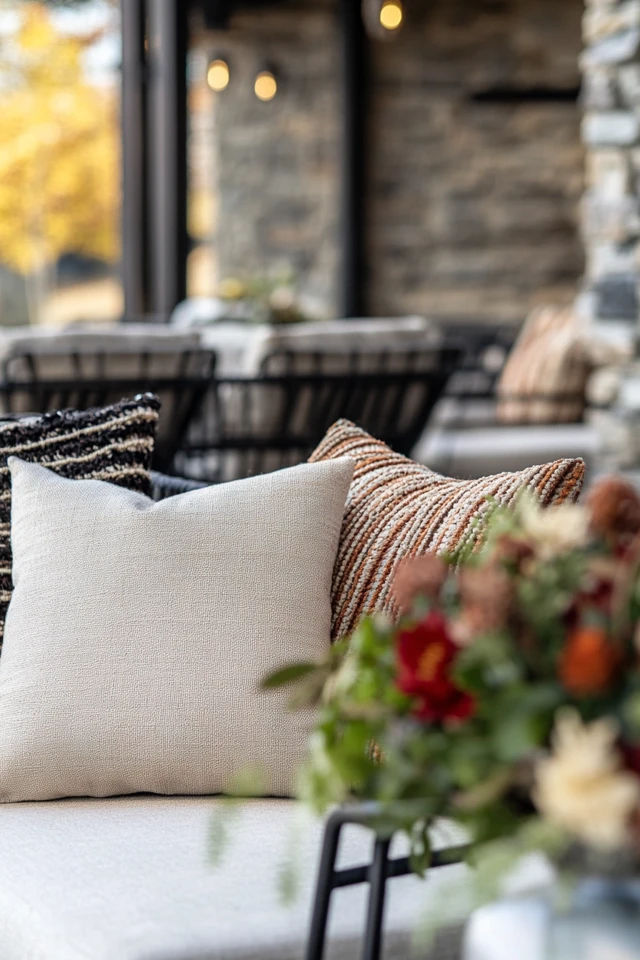

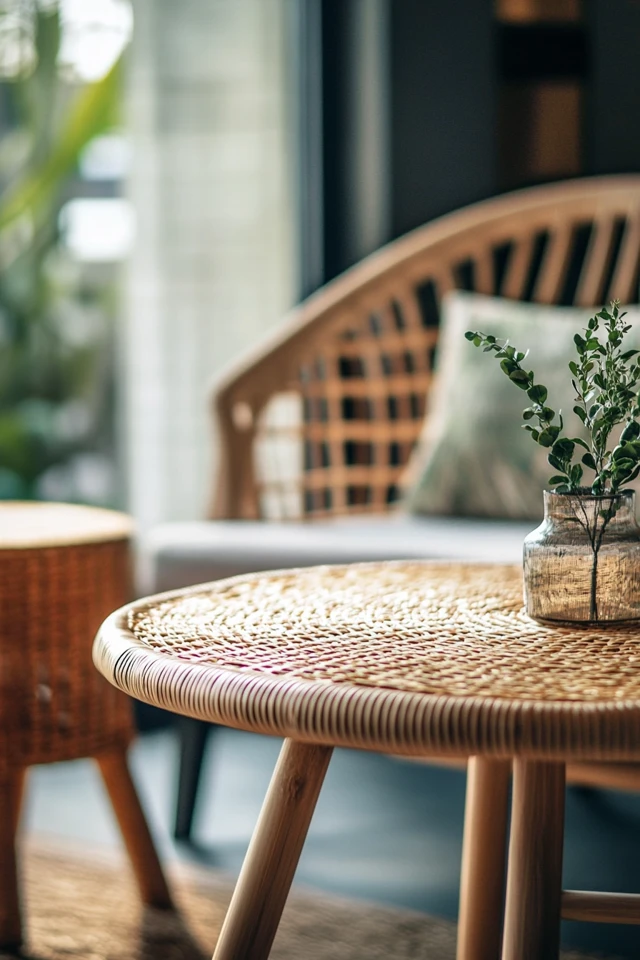
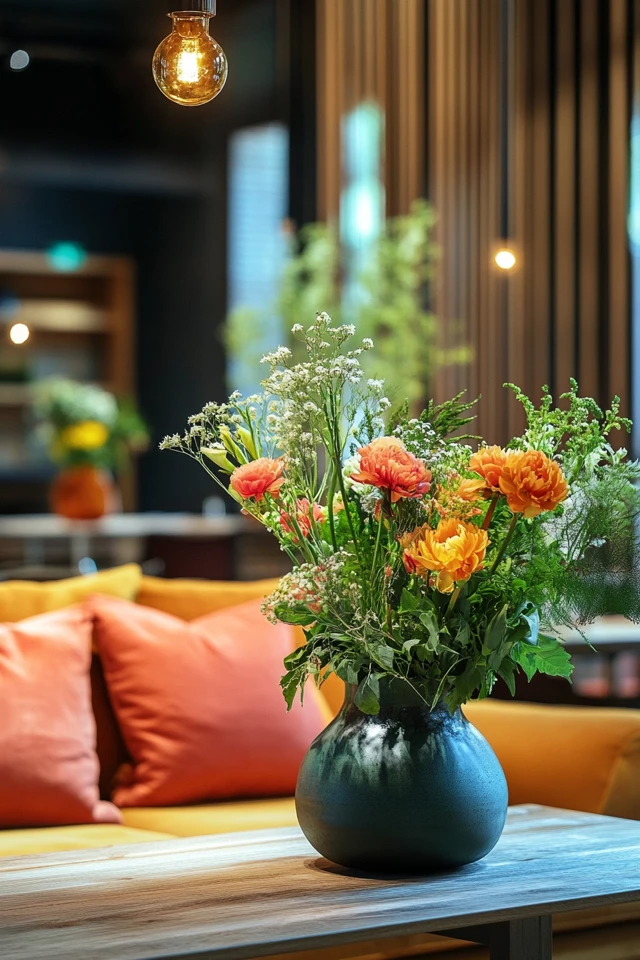
Furniture and Decor: Mixing Old and New
Vintage Finds Meet Modern Comfort
One of my favorite aspects of farmhouse design is how it blends vintage and modern elements. Scour flea markets and antique stores for unique pieces like a distressed sideboard or a set of mismatched dining chairs. Pair these with contemporary furniture that prioritizes comfort, like a plush sofa or ergonomic barstools.
Seasonal Touches for Year-Round Hosting
Farmhouse spaces lend themselves beautifully to seasonal decor. In fall, fill your table with pumpkins and rustic candleholders. In spring, opt for vases of fresh flowers and pastel linens. These small touches make your space feel thoughtful and festive without a major overhaul.
Conclusion
Designing a farmhouse space for entertaining is about more than aesthetics—it’s about creating an environment that feels as good as it looks. When I reflect on my own journey with farmhouse design, I’m reminded of the joy that comes from bringing people together in a space that feels warm, inviting, and uniquely you.
From choosing the perfect color palette to layering textures and lighting the room just right, every design choice contributes to the overall experience of your guests. Whether your style leans more rustic or modern, farmhouse design offers endless possibilities for crafting a space that fosters connection and comfort.
So, the next time you’re planning a dinner party or a casual get-together, take a moment to look around your space. Is it welcoming? Functional? Reflective of your personality? With a little planning and a lot of heart, your farmhouse can become the ultimate entertaining haven.
FAQ
How do I choose the right dining table for a farmhouse space?
Look for a sturdy table made from natural materials like reclaimed wood. A rectangular shape works well for larger gatherings, while a round table can make smaller spaces feel more intimate.
What’s the best way to incorporate farmhouse lighting?
Focus on fixtures with rustic materials like wood, metal, or glass. Pendant lights over the dining table or kitchen island are both functional and stylish.
Can farmhouse design work in a small home?
Absolutely! Opt for multifunctional furniture, light color palettes, and clever storage solutions to maximize space while maintaining the farmhouse aesthetic.
How do I add personality to a neutral farmhouse space?
Use pops of color through textiles, artwork, or decor pieces. A patterned rug, bold throw pillows, or colorful dishware can add charm and character.
What’s the secret to a cozy farmhouse space for entertaining?
Layer textures with rugs, cushions, and throws. Choose warm lighting and arrange furniture to encourage conversation and connection.


